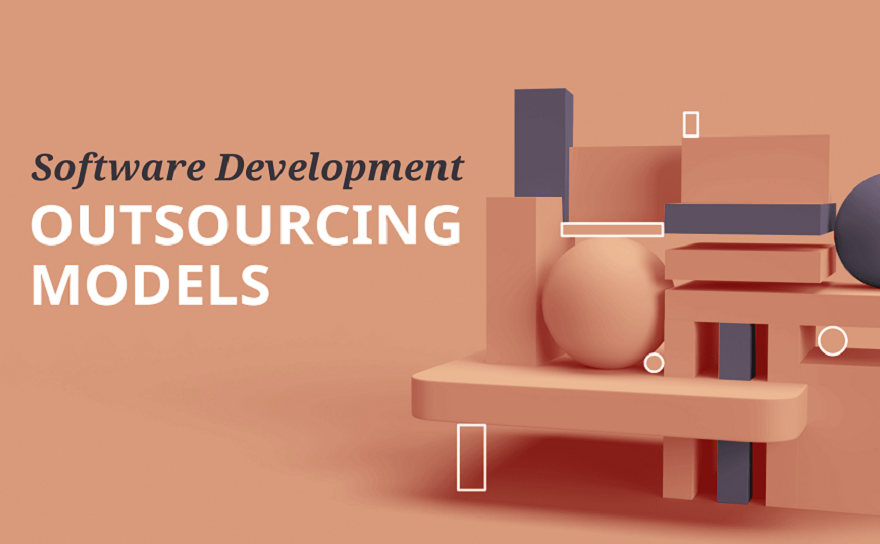Any type of software or application including small as well as complex applications need a model with which it would get developed from start till delivery. Every software project requirements would be unique and so not every application could be developed using the same software model. Are you working to develop a web or a hybrid mobile application? Checkout rapid application development which has a variety of tools and techniques to help create the application with ease.
There are several models already available in software development life cycle which can be used for developing various types of software projects. They are as follows,
-
Waterfall Model
This is one of the most oldest form of development model which follows a sequential approach. It means gathering requirements, designing, execution, testing and delivery are the only processes that happen here. Every following step of the model will be initiated only when the previous step is completed. It has no ability to make changes in previous steps. Since the diagrammatic representation of the process looks like a waterfall, it is so called by this name.
-
V model
This model is similar to waterfall Model with some extensions. After the steps planning and design is completed, the implementation of the projects is followed by testing and maintenance. These testing and maintenance steps bend upwards to form a v shaped diagrammatic representation so called by this name.
-
Prototype model
This model involves creation of an incomplete version of every step of the development process. Once the last prototype is completed, there is no possibility for adding a new requirement to the project. It still has several types of this model with varying functions.
-
Spiral model
This model is developed to combine the design and the prototype elements of the development process which means it is the collaboration of features of both prototype as well as waterfall Model. This is very suitable for complex and high budget projects.
-
Agile model
This model is suitable for projects in which the requirements have no clarity if the project has to be delivered in few weeks. This model demands a higher level of customer interaction with the developer during the development process.
There is another important model which uses rapid application development to create web and mobile applications with the lesser coding and time consumption as it already has a number of tools and techniques in default to facilitate faster application development

